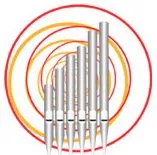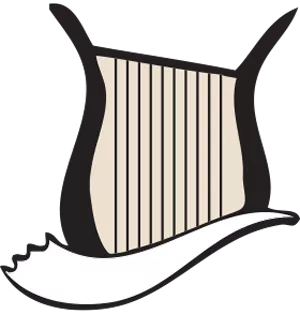Organ n. II | New Organ at the Church of St. Catherine Bethlehem
There seems to be enough evidence that an organ has existed at the Saint Catherine Church in Bethlehem for at least six hundred years. In 1906, during construction work at the site of the Franciscan monastery, 221 organ pipes were discovered, belonging to a 14th century organ. These pipes are today on display at the Museum of Biblical Studies of the Flagellation in the Old City of Jerusalem. Later, a pilgrims’ testimony was found, mentioning the existence of an organ in 1640. The organist’s name appears to have been Brother Archangel of Agrigente. The second to last organ in this long list of instruments which followed one another in this church was constructed in the organ-building workshop of the Franciscan monastery of the Holy Savior in Jerusalem. It was begun by Brother André Morato of Grenada in 1914 and was completed by Brother Mazzela in 1929. It was rebuilt and electrified by Brother Delfin Taboada in 1955.
The last organ was constructed by Brother Taboada and inaugurated by a concert given by the late Agostino Lama (see Organ nb. II).
The new great organ of the Church of Saint Catherine in Bethlehem was built by the Austrian organ-builder Rieger in 1999. It had to be ready for the Pope’s visit in 2000. In order to enlarge the choir of the church, the preceding Taboada organ, had been hurriedly dismantled, but the new organ wasn’t yet ready, and Father Armando Pierucci, who composed, directed and played the Pontifical Mass, had to be content with a small electronic organ. The installation of the new organ began in 2001 and was completed in 2003. The new organ is composed in fact of two separate organs played on one single console. The Great, Solo and Pedal divisions are installed on a gallery constructed especially for that purpose above the central entrance door of the nave. The second case holds The Positive division as well as three stops belonging to the positive pedalboard.

